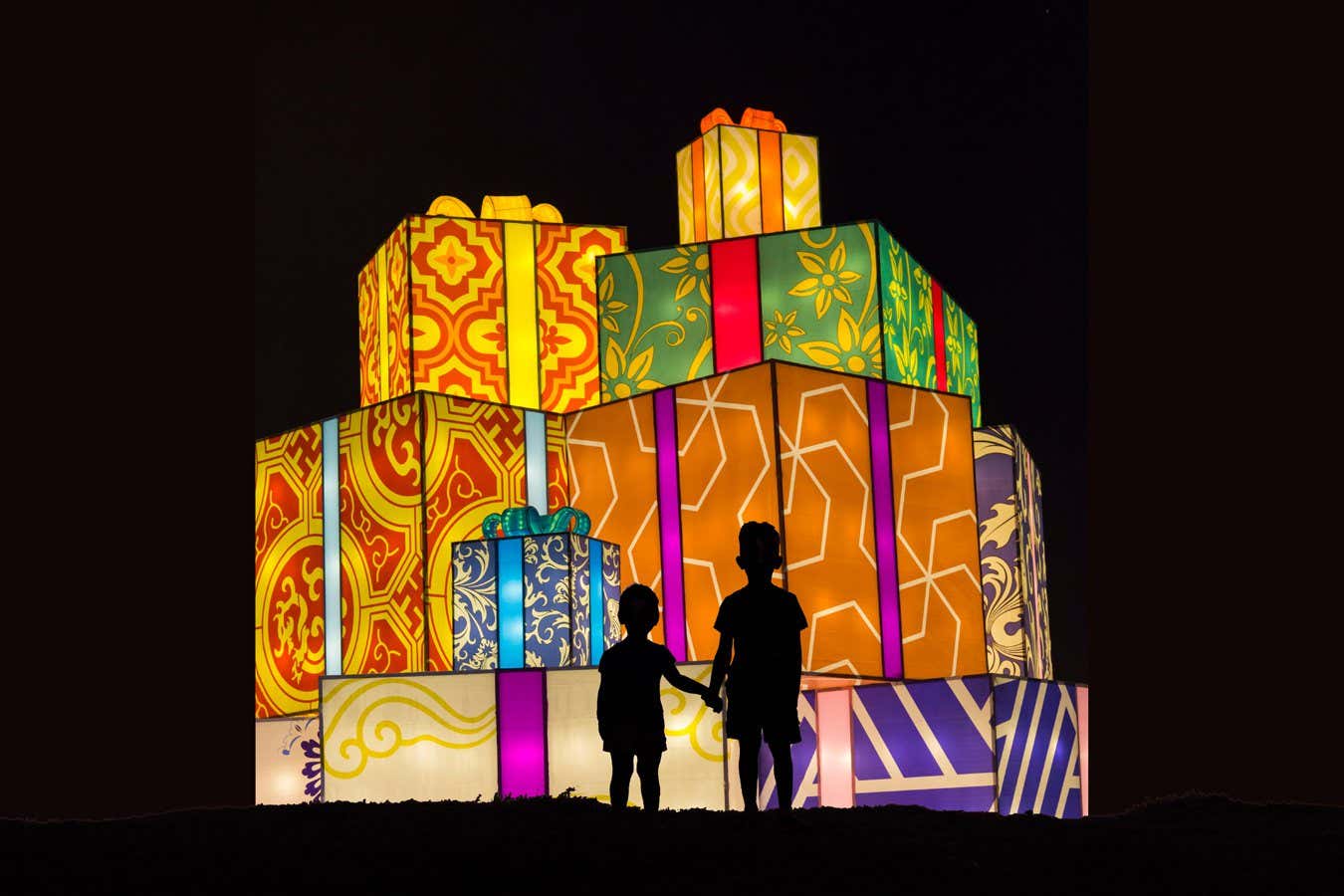
Carolyn Jenkins/Alamy
“Lloyd,” he tells me. “His name is Lloyd.” Naturally. Why would a green Lego Ninjago be called anything else? The plastic figurine has shot to top spot on my son Sam’s Christmas list.
Anyone who knows a young child will sympathise. They crave the Barbie Colour Reveal Deluxe Styling Head that promises instant-but-fleeting joy, whereas we want to buy the woodland activity kit that will surely nurture the body and soul.
If you find yourself despairing at such choices, help is at hand. Thanks to a growing understanding of the cognitive benefits of certain toys, we now have a better idea about the relative merits of different ones. This Christmas, I decided to use the research to help me identify the perfect toy – or at least get as close as I could.
Digging into this world, I soon discovered that some toys really are better than others for young brains, found that computer games aren’t as evil as you might think and uncovered the secret to buying a toy that won’t languish at the back of a cupboard.
You may think that toys are a relatively modern invention, but they have been part of our lives for millennia. Analyses of rock fragments in Western Cape, South Africa, dating back 60,000 to 80,000 years, suggest that children may have tinkered with blunt, functionally useless copies of adult stone tools. These ancient playthings are thought to have been key to the development of cognitive skills, such as our ability to envision alternative scenarios and to conjure new ideas…





